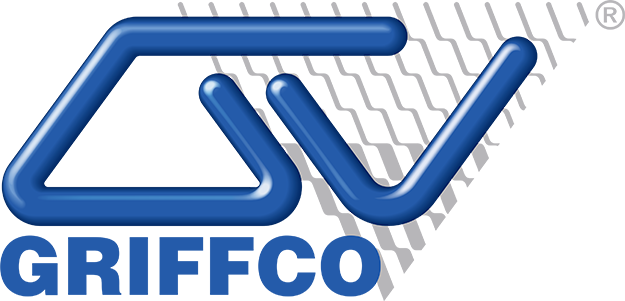Fluid handling systems are the lifelines of many industrial operations, from chemical processing and manufacturing to water treatment and agriculture. They are complex networks of pumps, pipes, and accessories that work in harmony to move fluids efficiently and safely. While the initial design and installation are critical, the long-term reliability and performance of these systems depend heavily on a robust maintenance program. Neglecting maintenance can lead to costly downtime, equipment failure, and safety risks. Implementing a proactive maintenance strategy is not just a good idea—it is a cornerstone of operational excellence.
The Foundation of a Proactive Maintenance Program
A successful fluid system maintenance program begins with a clear plan. This involves more than just reacting to failures; it requires a proactive approach that anticipates potential issues before they occur. The first step is to create a detailed inventory of all system components, including pumps, valves, gauges, and accessories. Each item should have a documented maintenance schedule based on manufacturer recommendations, operating conditions, and historical performance data. By establishing a routine of inspections and servicing, you can address minor issues before they escalate into major problems. This approach helps to ensure the longevity of your equipment and the continuous, efficient operation of your system.
Key Components of a Fluid System Maintenance Strategy
Your maintenance strategy must focus on the most critical components of your system. Back pressure valves, for example, require regular checks to ensure they are maintaining the correct pressure. If they fail to do so, it can lead to inaccurate flow rates and damage to your pump. Likewise, pressure relief valves are essential safety devices that need periodic testing to confirm they will open at the correct set pressure. This is a critical safety check that can prevent catastrophic over-pressurization events.
Pulsation dampeners also play a significant role in system health and require attention. Over time, the internal bladder or diaphragm can degrade, reducing the dampener’s effectiveness. Regular inspections and, if necessary, replacement of these internal components ensure that the system continues to operate smoothly, protecting pumps and other downstream equipment from harmful pressure spikes. These practices are fundamental to a comprehensive maintenance schedule.
Calibration and Accuracy: A Top Priority
Accuracy is paramount in many fluid handling applications, particularly in chemical feed and dosing systems. Calibration columns are an invaluable tool for this purpose. A key aspect of fluid system maintenance is using a calibration column to verify the pump’s output at regular intervals. This simple procedure confirms that the pump is delivering the precise amount of fluid needed, which is vital for product quality and process consistency. Regular calibration is a non-negotiable part of any effective program.
Injection valves and corporation stops also benefit from routine inspection. You should check injection valves for signs of clogging or wear that might impede flow or cause backflow into the system. Corporation stops, used to isolate a line for service, must be tested periodically to ensure they are functioning properly and can provide a tight seal when needed. These simple checks can prevent leaks and other issues during maintenance or system modifications.
Optimizing Your Maintenance Program with the Right Accessories
For decades, we have provided accessories that are essential for long-term system health. Our products are designed for durability and ease of maintenance, supporting your efforts to implement the best practices. The high quality of our components means they stand up to the rigors of demanding industrial environments, reducing the frequency of unscheduled repairs. This reliability is a key factor in keeping a system running smoothly and predictably.
Y-strainers, for instance, are critical for system maintenance. They capture debris that could otherwise clog pumps or damage sensitive instruments. A fundamental part of your maintenance routine should be regularly cleaning or replacing the strainer’s filter element. This simple task can prevent a host of issues, from reduced flow rates to pump failure. Ignoring this step is a common mistake that can lead to significant problems down the line.
Gauge guards also require attention. While they protect pressure gauges from harsh process fluids, they can eventually be compromised. Regular inspection of the gauge guard and the gauge itself ensures that you continue to receive accurate pressure readings, which are vital for monitoring system performance and health. Following these practices is key to maintaining a safe and efficient system.
Training and Documentation for Best Practices
A maintenance program is only as good as the people who execute it. Providing proper training for your maintenance staff is a critical investment. They should understand not only what to do but also why they are doing it. This knowledge empowers them to identify potential issues early and to perform their tasks with a higher degree of care and precision. Furthermore, maintaining detailed records of all maintenance activities—including inspections, repairs, and part replacements—provides valuable data for future planning and problem-solving. This is one of the most important best practices for long-term operational success.
Ultimately, fluid system maintenance is about protecting your investment and ensuring the safety of your people and processes. By adopting a proactive, planned approach and utilizing high-quality components designed for reliability and ease of service, you can significantly reduce the risks of unexpected downtime and catastrophic failures. It is a commitment that pays dividends in both performance and peace of mind.

